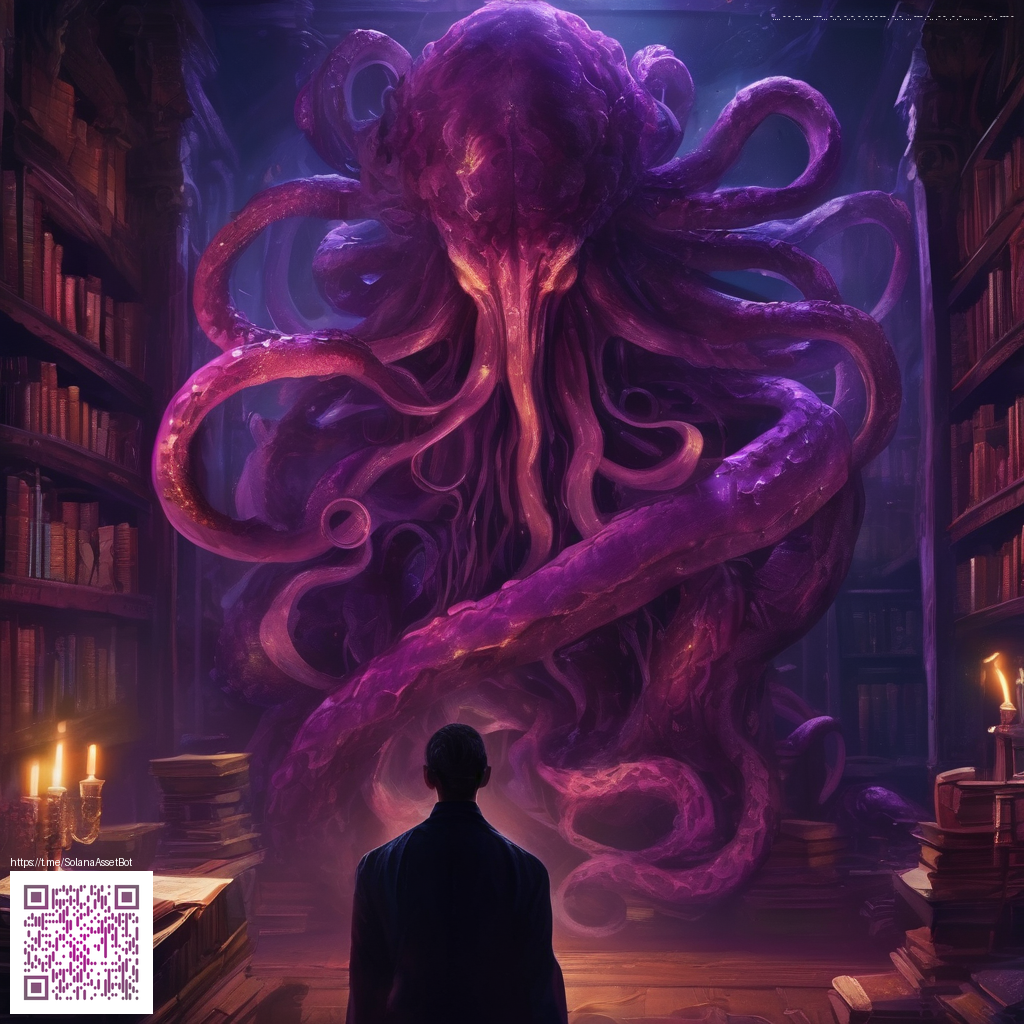
Understanding Digital Paper for Tumbler Wrap Design
Digital paper serves as the backbone of modern tumbler wraps, offering ready-to-use textures, seamless patterns, and bold color schemes that print cleanly on curved surfaces. For creators, it’s a time saver and a canvas, enabling consistent results across batches and substrates. When you select high-resolution digital paper, you’re investing in detail that remains sharp from edge to edge and from desk to delivery, even on subtle curves. This level of versatility is what makes digital paper a cornerstone of professional wrap design.
The Design Workflow: From Pattern to Perfection
Turning digital paper into a successful tumbler wrap involves a thoughtful workflow. Start by evaluating pattern scale: bold, large motifs can read beautifully on broader tumblers, while delicate textures shine on slimmer profiles. Next, decide between a seamless repeat and a panel design. Seamless repeats excel for long prints, but panel layouts give you control over seams and alignment on irregular shapes. Color management is another pillar—calibrate your monitor, choose a print-friendly color space, and communicate expectations to your printer partner.
Beyond aesthetics, practical prep matters. Work with a canvas size that matches the tumbler circumference and height, and always account for bleed (typically about 0.125–0.25 inches). Bleed ensures color coverage at the edges and avoids accidental white lines where the wrap ends. Mockups are your friends; simulate the wrap on a 3D model or a sheet to catch alignment issues before production. A meticulous approach here prevents a great design from unraveling once wrapped around a bottle.
Practical Tips for Preparing Digital Paper
- Resolution matters: aim for 300–600 dpi for smooth edges and crisp color when printed on stainless steel or plastic surfaces.
- File formats: save in print-ready formats (PNG for raster textures, TIFF for high fidelity, or vector patterns for scalable elements).
- Pattern behavior: anticipate how the pattern will align around a cylinder; include deliberate seams or use a true seamless tile.
- Color consistency: embed or preserve the color profile your printer supports; soft-proof to estimate on real stock.
- Bleed and safe zones: keep critical design elements away from the edge to avoid clipping during application.
“Color consistency across devices is not optional—it’s essential for a credible, shop-worthy tumbler wrap.”
When you curate a library of digital paper, think beyond one-off designs. Create a cohesive collection by pairing motifs, textures, and gradients that share a common palette or theme. This enables customers to mix and match while maintaining a unified look across their product line. For designers seeking cross-domain inspiration, you might explore how motifs from other product lines could translate into tumbler art. For reference, a practical example page offers creative ideas and assets you can study at https://topaz-images.zero-static.xyz/513adef0.html.
If you’re exploring specific assets, you may encounter related product pages that illustrate how texture, glow effects, and neon colorways can translate across formats. For instance, a neon-inspired look from a product page can spark ideas for a glow-in-the-dark tumbler wrap, illustrating how digital paper interacts with metallic or glossy substrates. A real-world example to review is the Neon Gaming Rectangular Mouse Pad product page at (https://shopify.digital-vault.xyz/products/neon-gaming-rectangular-mouse-pad-1-16-in-thick-non-slip), which highlights bold color palettes and crisp edges that translate well into wrap designs.
Finding Balance: Licensing, Quality, and Creativity
Quality digital paper balances originality with accessibility. Look for assets that come with clear licensing for commercial use, especially if you plan to sell wraps or run a design shop. Evaluate tile quality, edge behavior, and how well the paper scales to different tumbler diameters. The best digital papers feel like a natural extension of your brand—consistent in tone, texture, and color saturation across every wrap you produce.